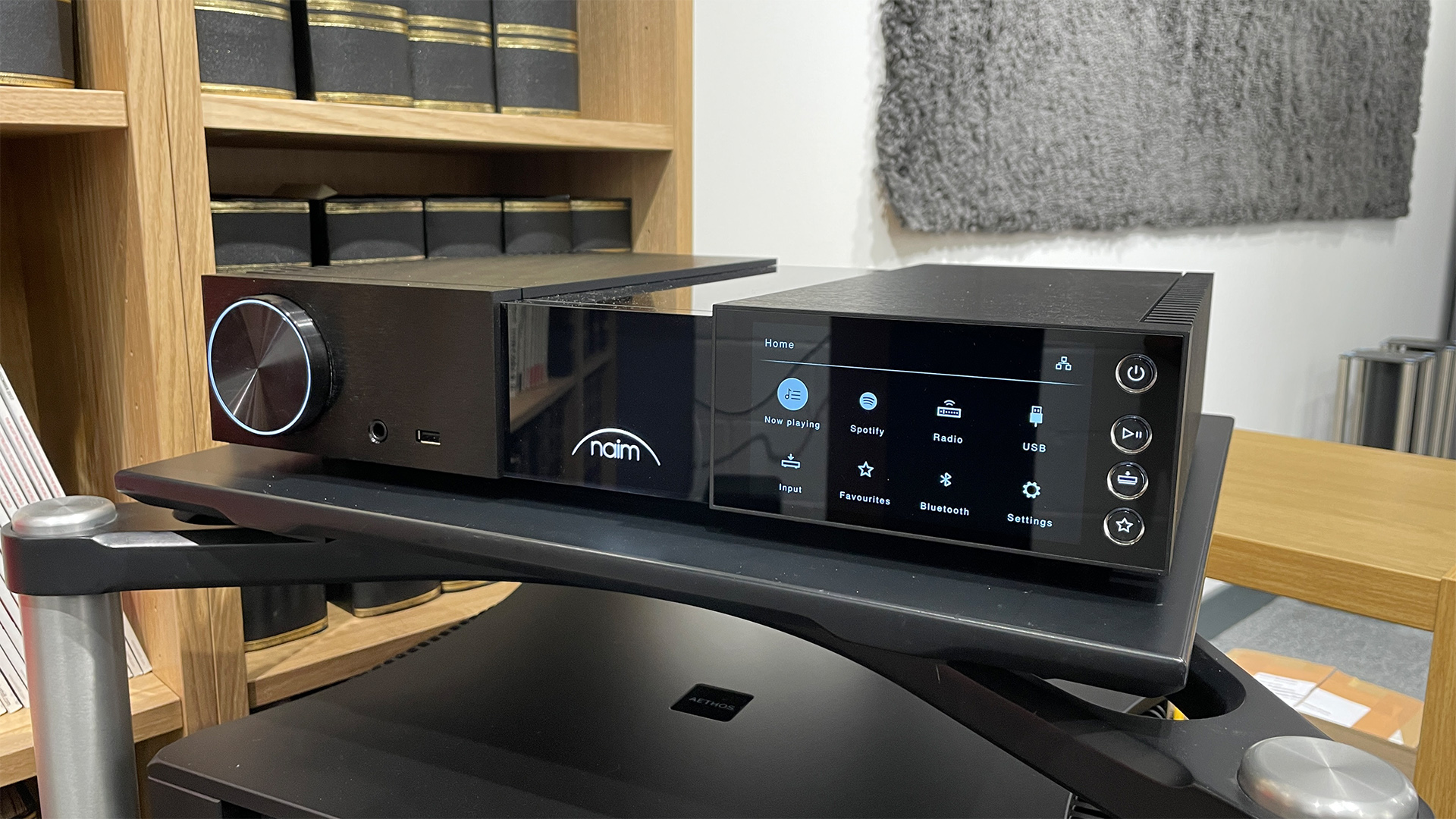
Hi-fi is full of dogma. One of the prime examples is that great sound is only achieved by having a separate box for each step in the signal path. The logic is understandable, in that a dedicated component has only one thing to do and so should do that job better. Such an arrangement also means that there are fewer opportunities for unwanted interactions between the various sections of the system, so optimising performance.
Over the years, Naim Audio has been a master of such a purist approach at the premium end of the market, separating power supplies from the preamp and offering standalone phono stages, headphone amps and DACs, all in the name of performance. The results justify the strategy, or do they?
What if someone with a generous budget wants great sound but not a pile of boxes? If truth be told the pickings have been slim, but there is hope in Naim’s new streaming preamplifier, the NSC 222. Just add a suitable power amplifier, speakers and cables, and you have a complete system. This is still separates hi-fi in the sense that the high currents and other interferences associated with power amplification are kept away from the sensitive source and preamplification circuitry, but the box count is minimal for a set-up of this type.
Now, it isn’t the first Naim product to tread this path, the previous-generation NAC-N272 reviewed back in 2016 was a real charmer, but being part of the company’s new 200 series gives us hope of a significantly improved performance.
Features
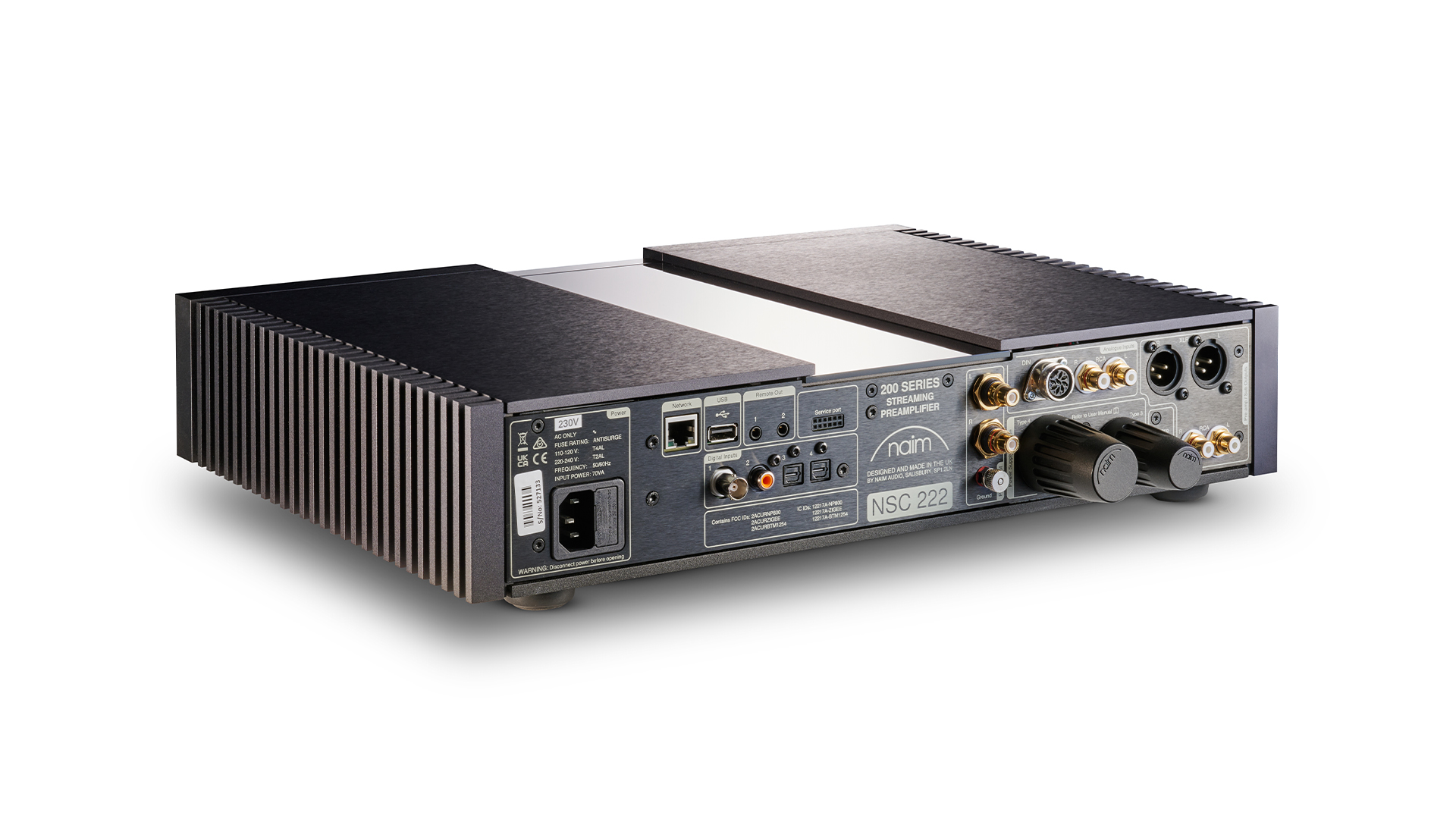
The NSC 222 packs plenty in its all-new chassis. There is Naim’s excellent and well-proven streaming platform that covers everything you would expect. It has access to streaming services – Spotify (Connect), Tidal (Connect) and Qobuz – plus the thousands of stations available through internet radio. It is a UPnP streamer and file compatibility is good with the NSC 222 able to play PCM recordings of up to 32-bit/384kHz and DSD128. As expected, network protocols such as Chromecast and Apple Airplay 2 are included, as is the ability to read music files from an attached USB drive. This Naim can also integrate into a Roon Ready set-up.
Move away from streaming and the NSC 222’s versatile nature comes to the fore. It has a moving magnet phono stage for those that have a record player, and in use this circuit proves nice and quiet. There are two line-level analogue inputs – a stereo RCA and Naim’s traditional DIN option – as well digital coax (in BNC and RCA form and able to handle 24-bit/192kHz files) and two optical (24-bit/96kHz files). Unusually, there is no USB Type B option to connect a computer or similar. This feels like a bit of an oversight to us.
On a more positive note, Bluetooth of the aptX Adaptive variety is on the menu. While such a connection is limited when it comes to sound quality, we’re always pleased to see it included because of the easy access it gives to audio from phones, tablets and computers.
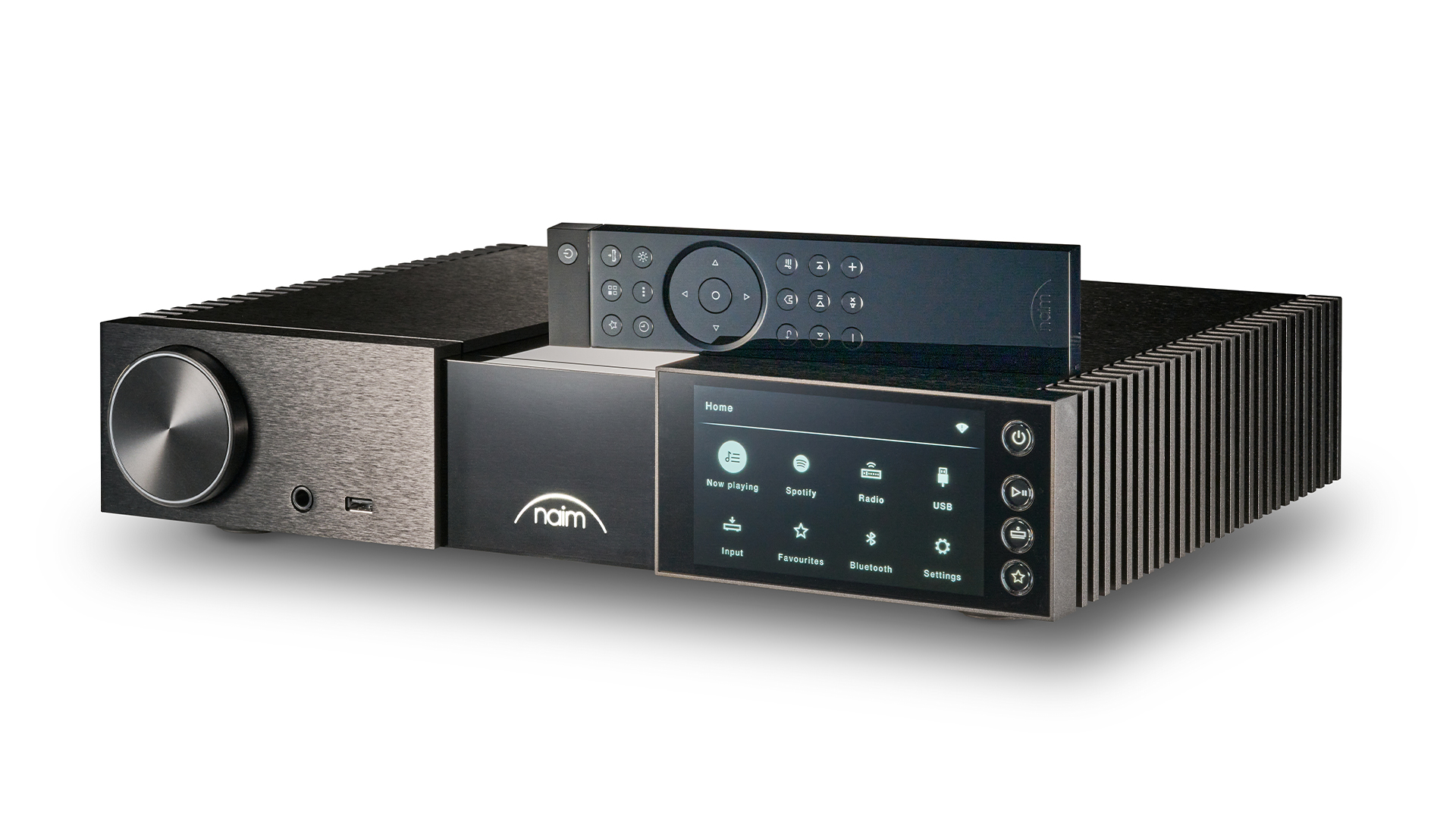
Type Streaming Preamp
Network streaming? Yes
Analogue inputs RCA, Din
Phono stage Moving Magnet
Bluetooth AptX Adaptive
Analogue output Balanced XLR, stereo RCA
Headphone output 6.3mm front panel
Size (hwd) 9 x 43 x 32cm
Weight 11kg
The sharp-eyed among you will notice two unusual multi-pin connectors on the back panel. These open the NSC 222 to a future upgrade in the form of Naim’s new NPX 300 outboard power supply. This is not a cheap option, with the full-width supply weighing in at the same price as the NSC 222, but the claim is of a lower noise floor and significantly cleaner power feed. Our previous experience of the company’s power supply upgrades has always been positive, though the hefty cost does raise some doubts over value. The proof, however, is always in the listening. We have a sample to hand and give it a good long audition during our test process. More on that later.
There is something of a surprise on the analogue output side of things with Naim sticking with conventional RCA and balanced XLRs rather than its long-favoured DINs. It seems that the company is happy to break some long-held traditions in this latest generation of 200 series products. Is that an issue? We don’t think so, and it makes integration into a non-Naim set-up less fussy.
Build
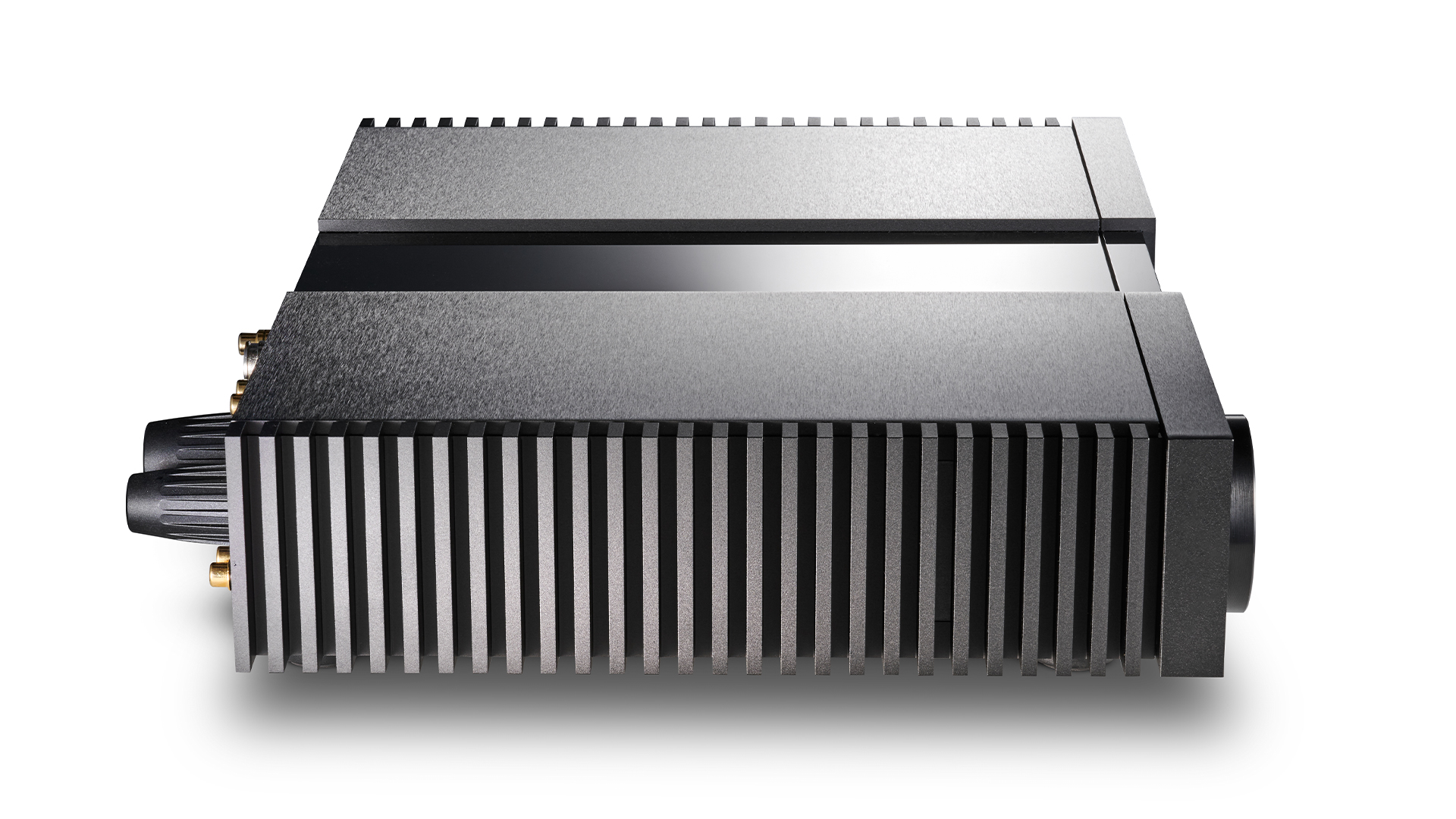
Take a look inside this product and it is hard not to be impressed by the quality of the construction. Naim products are invariably well made and neatly put together; the NSC 222 is no different. We’re impressed by the care in circuit layout and the generously proportioned toroidal mains transformer, but as always, it is the neatness with which the cables are dressed that sets this product apart from the competition. This may appear a small point, but it points to the obsessive attention to detail Naim puts into the making of its products. This attitude inspires confidence, as does the company’s ability to service even its earliest models. Given that the brand was founded in 1973, that really is admirable.
The company is proud of the NSC 222’s volume control circuit. It is based on the design used in the company’s range-topping Statement amplifiers and switches between fixed resistors rather than using a traditional potentiometer. The claim is of better channel matching and improved transparency.
Naim doesn’t tend to change the look of its products very often. The last big change was at the turn of the century, so the new look of the 200 series is sure to split opinion among the company’s fanbase, even though it isn’t massively different from what went before. We would imagine the move from the company’s traditional green illuminated logo to white in particular would upset some long-term fans. The overall design of the product is certainly more modern looking than before, and when the adjustable front panel lights are turned up high it can get a little, whisper it, showy. If you feel the same way it is easy to turn down the intensity and move on.
We’re less happy about the feel of the volume dial. It looks nice enough, though the shape is a little shallow, but on our review sample the control doesn’t have the slick, smooth, nicely damped feel we expect given it uses precision bearings. The surface texture of the control isn’t liked by all our team either, though it is fair to say that most people will use either the supplied remote or the app to change volume level.
We do like the large 5.5-inch full-colour display, though. It is crisp, bold and easy to read from a distance. Naim has been in the streaming game a long time now and it shows. This product is easy to get up and running, while the brand’s control app has matured nicely, proving slicker than most and stable in use.
Compatibility
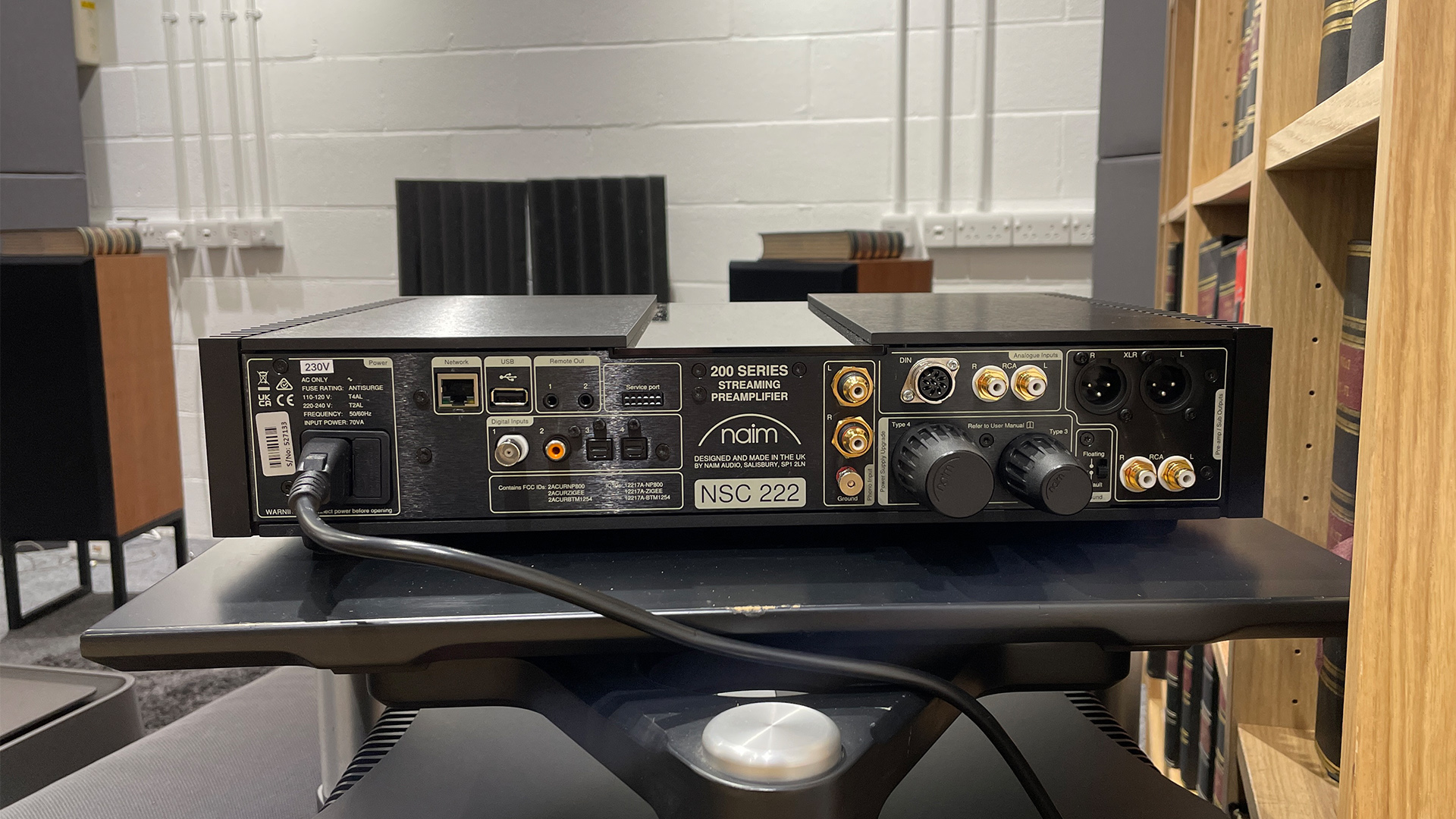
While it is possible to connect the NSC 222 to your network wirelessly thanks to an antenna built into the heatsink, we always prefer to hard wire a network streamer for the extra stability the physical connection gives.
A product of this type requires a top class system. We use a Technics SL-1000R/Vertere Sabre MM record player to test the preamp’s phono stage section, while our reference Naim ND555/555 PS DR music streamer is on hand to feed the analogue and digital inputs. Our Burmester 088/911 MkIII amplifier is pressed into service for some of the testing, but we also have the NSC 222’s more natural partner, the NAP 250 power amplifier on hand (review coming soon) to hear how the pairing works. These amplifiers are used to drive the Wilson Benesch A.C.T.3 Zero floorstanders, ATC’s SCM50 as well as the Epos ES14N standmounters. A pair at a time, not all at once, mind.
Sound
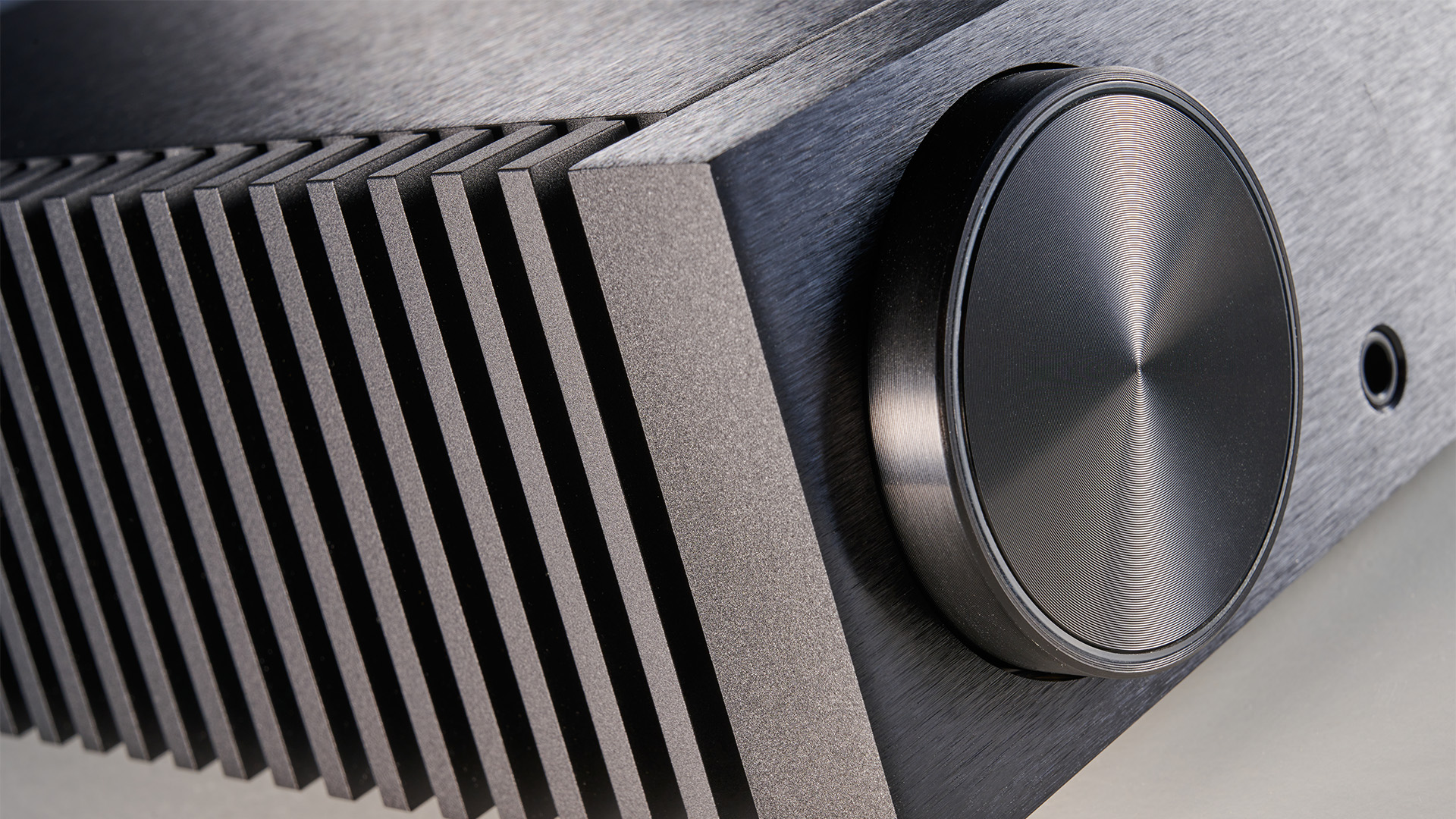
We first use the Naim NSC 222 as a straightforward music streamer wired straight into our reference system. This is a product that works best when given some time to settle, as the presentation becomes more fluid and expressive over the first few weeks of use. Even then, it isn’t the most spacious or layered of performers. We have Cambridge Audio’s similarly-priced Edge NQ (also a streaming preamp) on hand for comparison and find that it produces a more expansive soundstage with a greater sense of depth. The Edge NQ pulls ahead for outright sonic refinement too, with sweeter highs and a richer, more rounded signature.
But it isn’t all one way traffic. Tonally, it is the Naim that sounds more even. Listen closely and you’ll find that it digs up a greater amount of detail and organises it in a more convincing and musical way. There is greater punch to transients, so the NSC 222 is impressively accomplished at revealing the excitement and drama in Bruce Springsteen’s The Ghost Of Tom Joad from the High Hopes set. There is real bite here and a feeling of musical momentum that the otherwise excellent Cambridge Audio can’t match. The Naim continues to display the same traits regardless of whether we’re listening to Jay Z’s Blueprint album or Tchaikovsky’s 1812 Overture.
The Naim’s presentation is clean and crisp, and we suspect a little less characterful than the company’s previous efforts. No longer do aspects such as rhythmic drive dominate the proceedings, although by general standards the NSC 222 remains capable in this area. This is a more balanced performer than we’ve come to expect; one that feels more comfortable working with a wider range of products, and if desired, outside of the Naim ecosystem.
We take the Burmester 088 preamp out of the system and connect the Naim straight into the 911 MkIII power amplifier. The NSC 222 is far from the first product to have such a capability but it is one of the best we’ve come across. In most cases, the improved sound quality that a simplified signal path promises simply isn’t delivered. We usually hear a little more transparency and detail, but dynamics and sense of authority invariably suffer. That’s not the case here, with the Naim proving to have a very fine preamplifier section for a product of this type. The section sounds solid and composed, with surprisingly little loss in terms of finesse or dynamic thrust. We continue the rest of our test with the unit connected in this way.
We’re pleased to report that the sound through the analogue inputs is excellent. That’s not always the case with a digital-based product, but here the presentation is as engaging and sophisticated as we can reasonably ask for at this level. Similarly, the on-board DAC module excels. It retains the bold and composed presentation we hear from the line stages and delivers the kind of performance we would expect from some of the better standalone converters at around the £1500 / $1850 / AU$2840 mark. The digital module also switches between the various file types without a hitch.
We give Bluetooth a go with our iPhone 12 Pro Max and it all works a treat. Sure, the technology limits outright performance but the results from Tidal are still entertaining. There is a good sense of clarity and expression. This is an undeniably useful connection and well worth the inclusion on a product such as this.
Moving away from digital sources we crank-up our Technics SL-1000R/Vertere Sabre record player to try the NSC 222’s phono stage. It turns out to be a worthwhile effort. The moving magnet phono stage delivers sound with the energy and insight we would hope for. It is a fine, balanced effort, and one that you would have to move to the likes of Vertere’s Phono-1 MkII L to better to any significant degree. If you already have a high-end record player it is worth paying extra for an outboard phono stage like the Vertere, but if playing vinyl is more of a casual thing the phono module in the Naim will serve you well enough.
The good news continues when we try the NSC 222’s headphone output. This is something that Naim has put plenty of effort into and it shows. While most rivals treat this output as something of a tick-box exercise, Naim has developed a new 1.5 watt discrete transistor circuit that runs in Class A for some of the time and moves to Class A/B when higher power peaks are required. We use a range of headphones including Focal’s Utopia (2022), Yamaha’s YH-5000SE and a pair of Grado RS1x and have no issue with the Naim driving any of them.
So, the NSC 222 is a terrific performer for the money. What do you do when funds allow and the upgrade bug strikes? We suspect Naim’s answer would be ‘buy the NPX 300 power supply, of course’. This costs the same as the amplifier, and the lift in performance reflects that. The improvement on the ’222’s sound is significant, gaining in every single area. The presentation is far bigger and more muscular while dynamic shifts are significantly more powerful and convincing. We can hear deeper into the recording and low-level instrumental strands are easier to follow. The NPX 300 power supply has a huge price tag but also makes a huge improvement.
Verdict
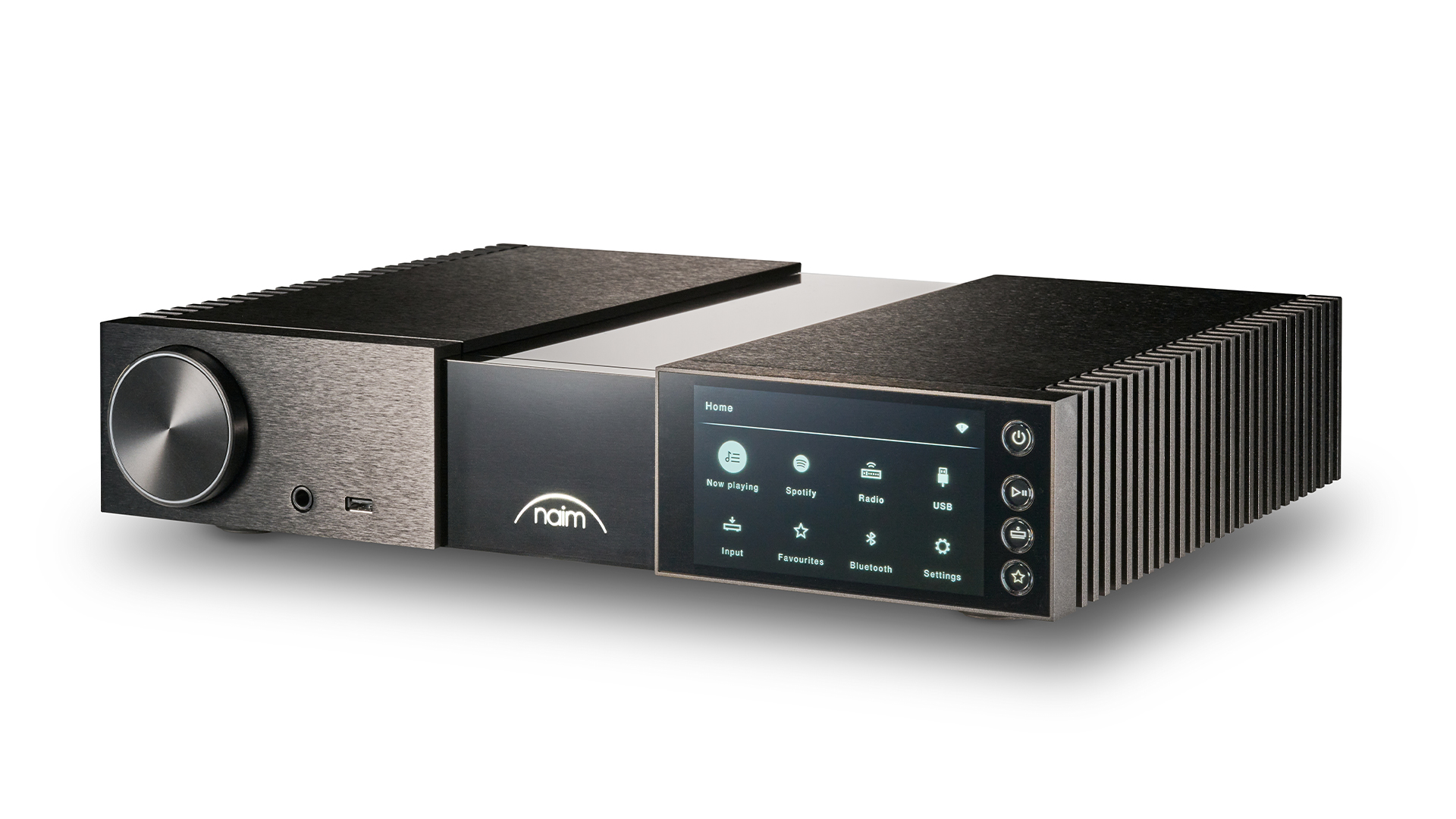
It feels like Naim has tried to move more towards the mainstream with the NSC 222, but that’s no bad thing. It is a terrific all rounder, and delivers to a high standard regardless of whether we’re talking about its streaming abilities, phono stage, analogue or digital inputs. Could you put together a bunch of separate components that do exactly the same job but sound better? Possibly, but they would have to be expertly matched, and even then we don’t feel the gains would be massive.
If you are after a product that offers the performance of quality separates hi-fi but without much of the clutter and fuss then this Naim is definitely worth investigating. That applies regardless of whether you are already a fan of the brand or not.
SCORES
- Sound 5
- Build 5
- Features 5
MORE:
Read our review of the Linn Selekt DSM: Edition Hub
Also consider the Chord 2go/Hugo 2
Read our Naim Uniti Atom Headphone Edition review







